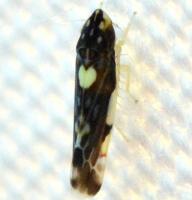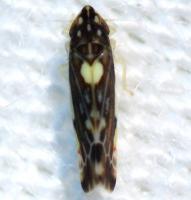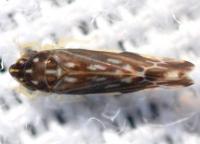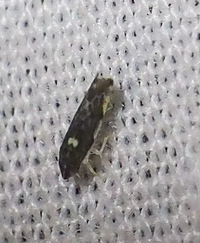| Family (Alpha): | |||
« |
 » » |
| CICADELLIDAE Members: | NC Records | |||||
|---|---|---|---|---|---|---|
Erasmoneura atra or nigra - No Common Name | ||||||
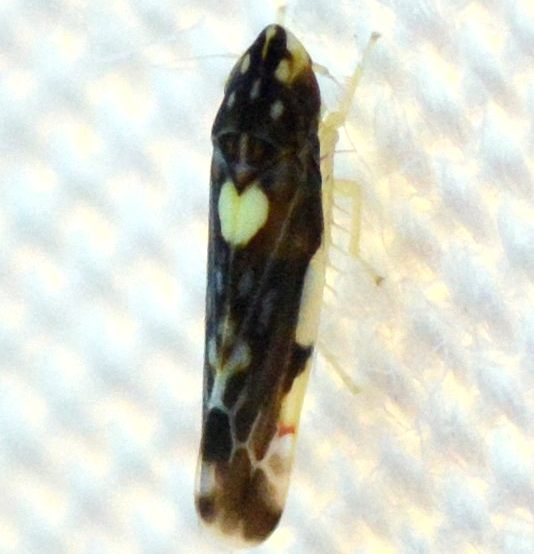 © Kyle Kittelberger- "white saddle" form |  © Kyle Kittelberger- "white saddle" form | 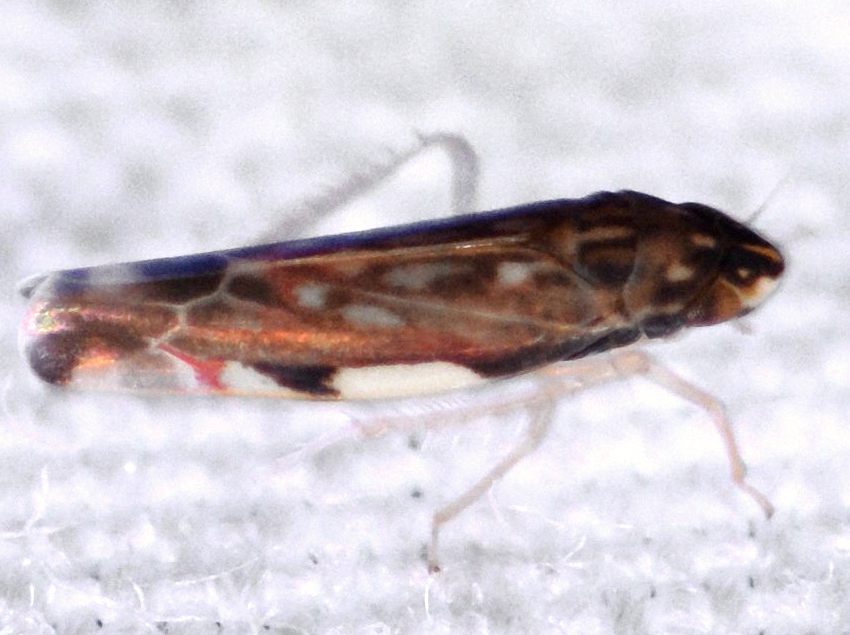 © Kyle Kittelberger- note coloration | 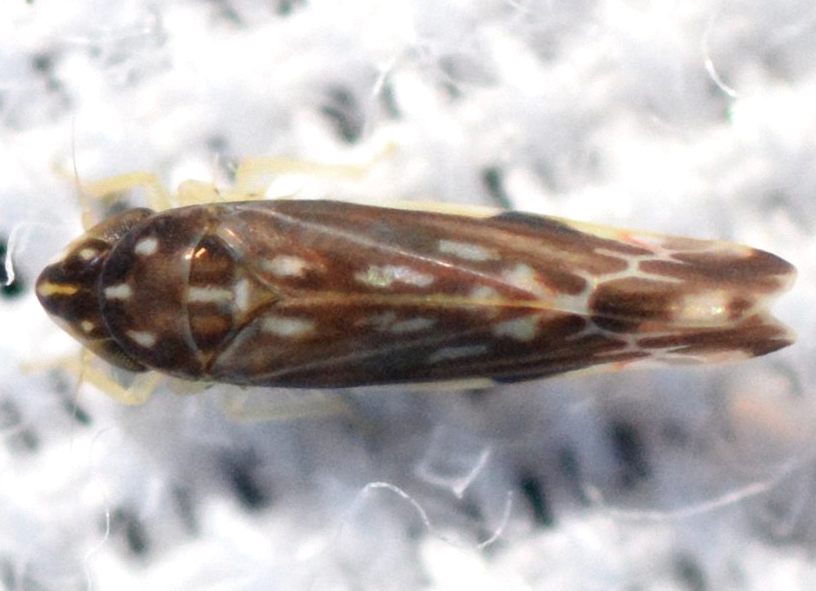 © Kyle Kittelberger- note pattern |


